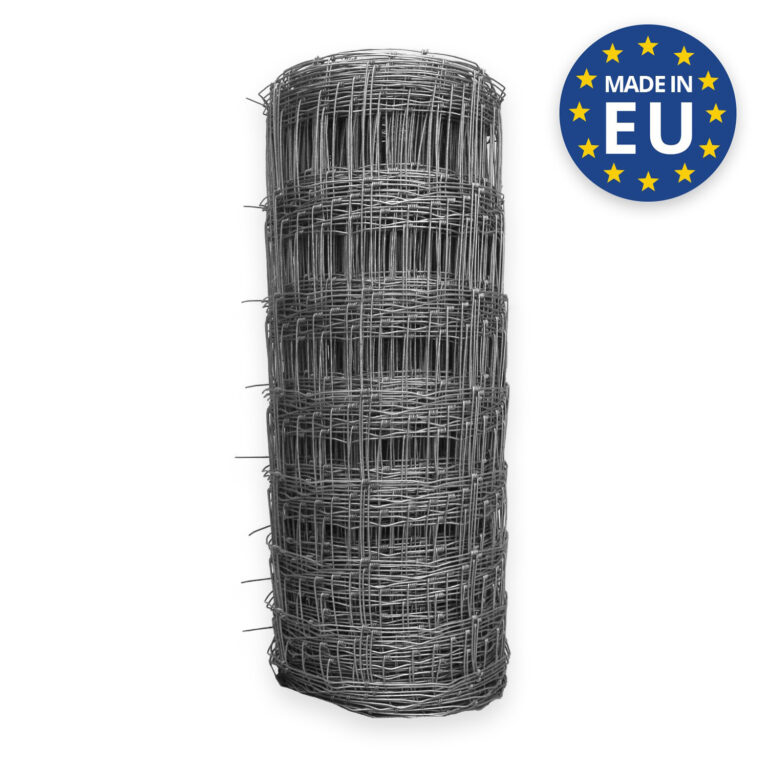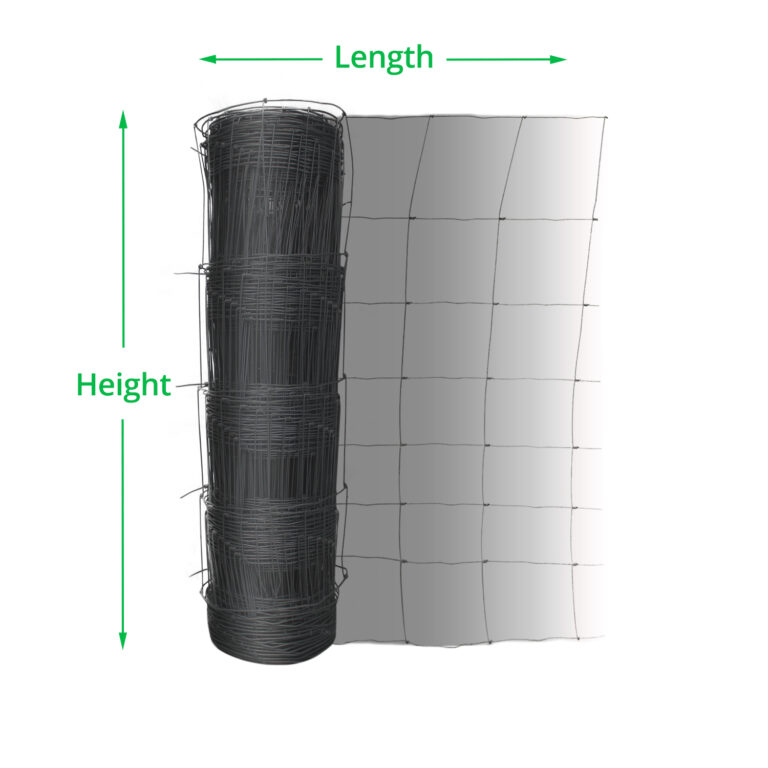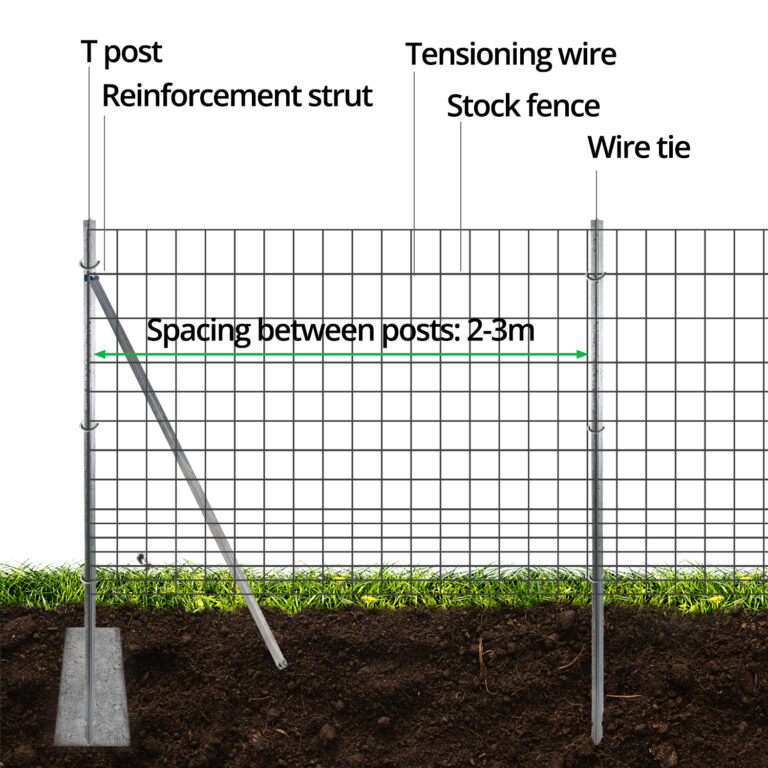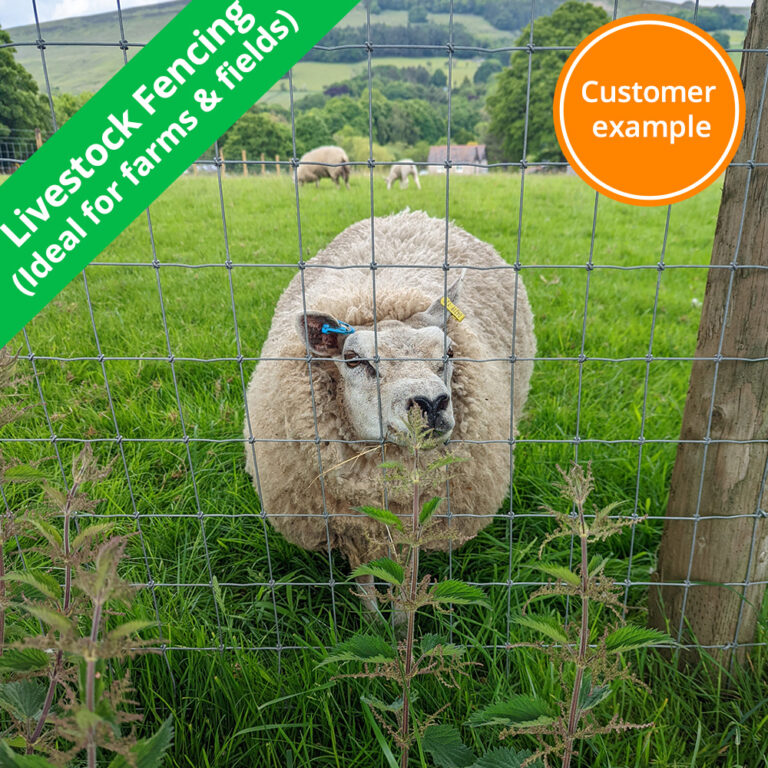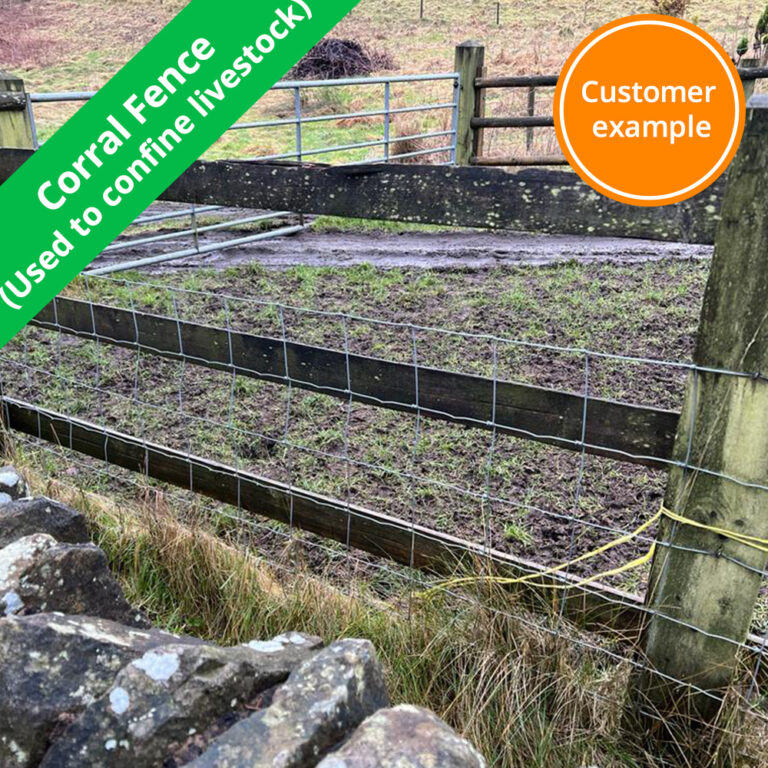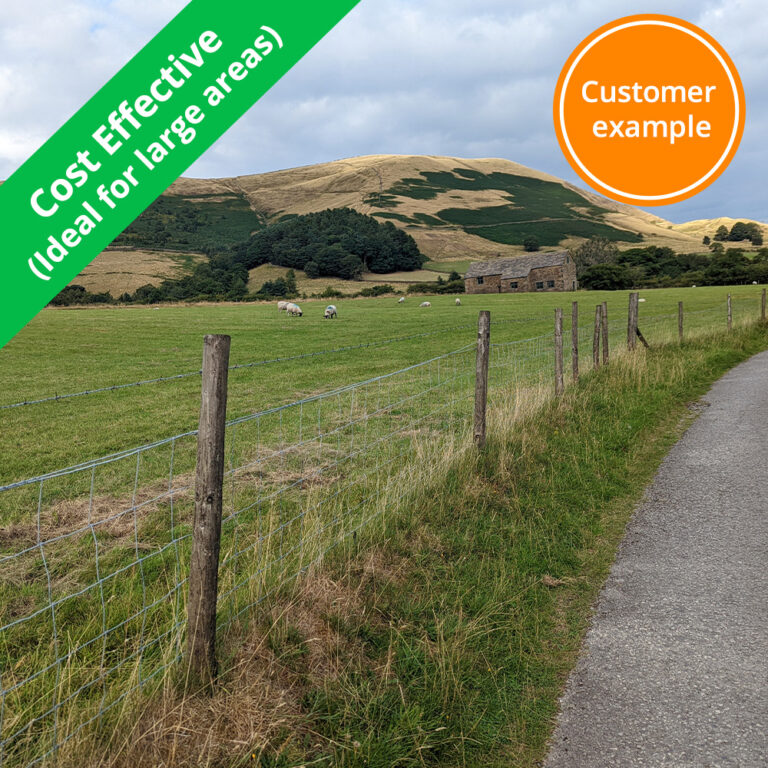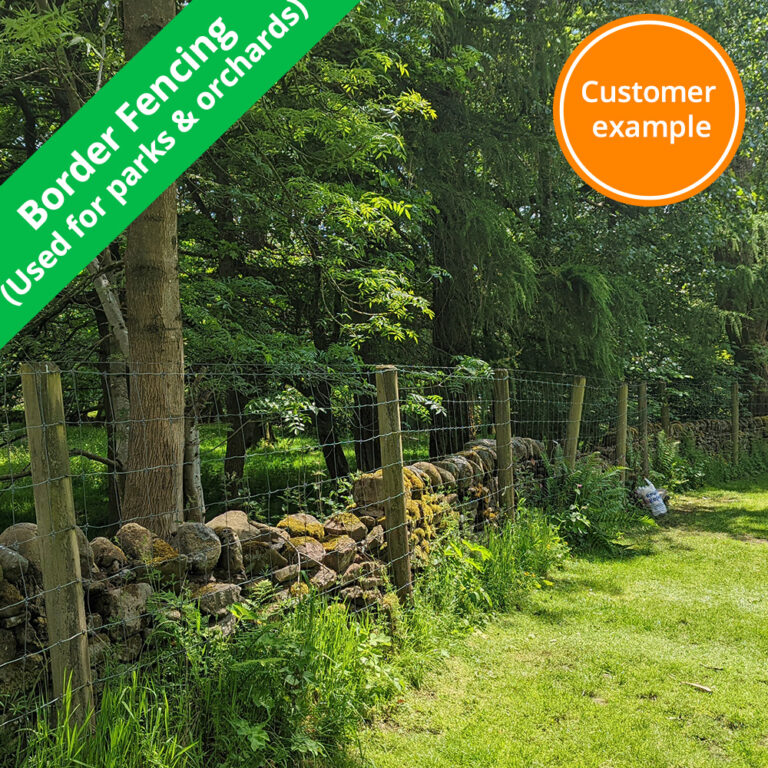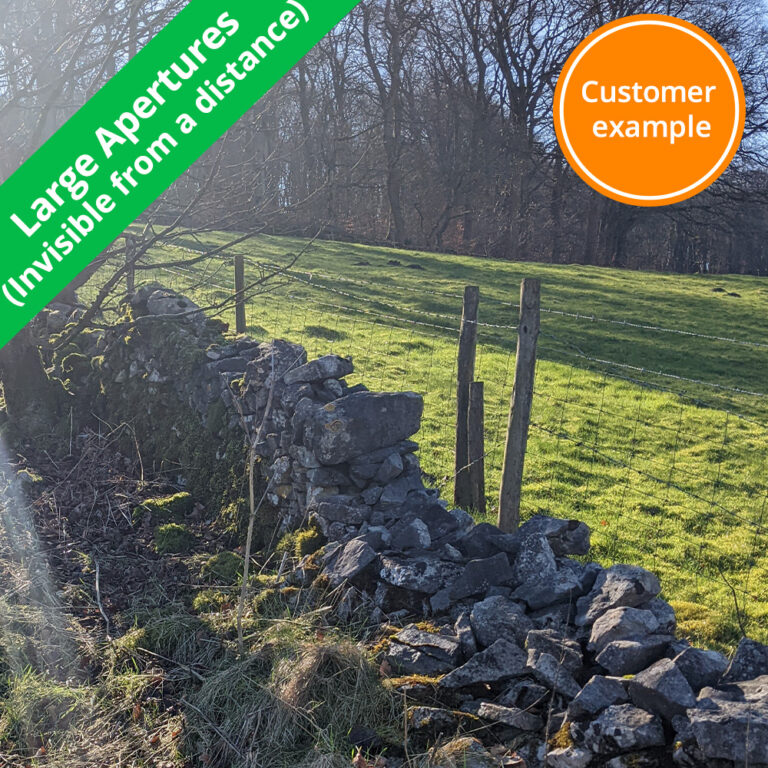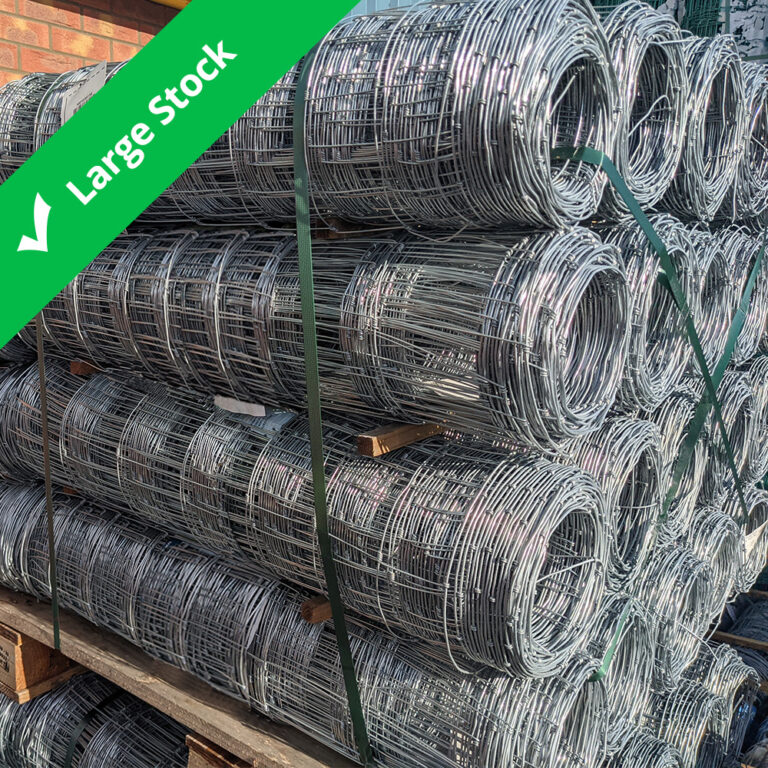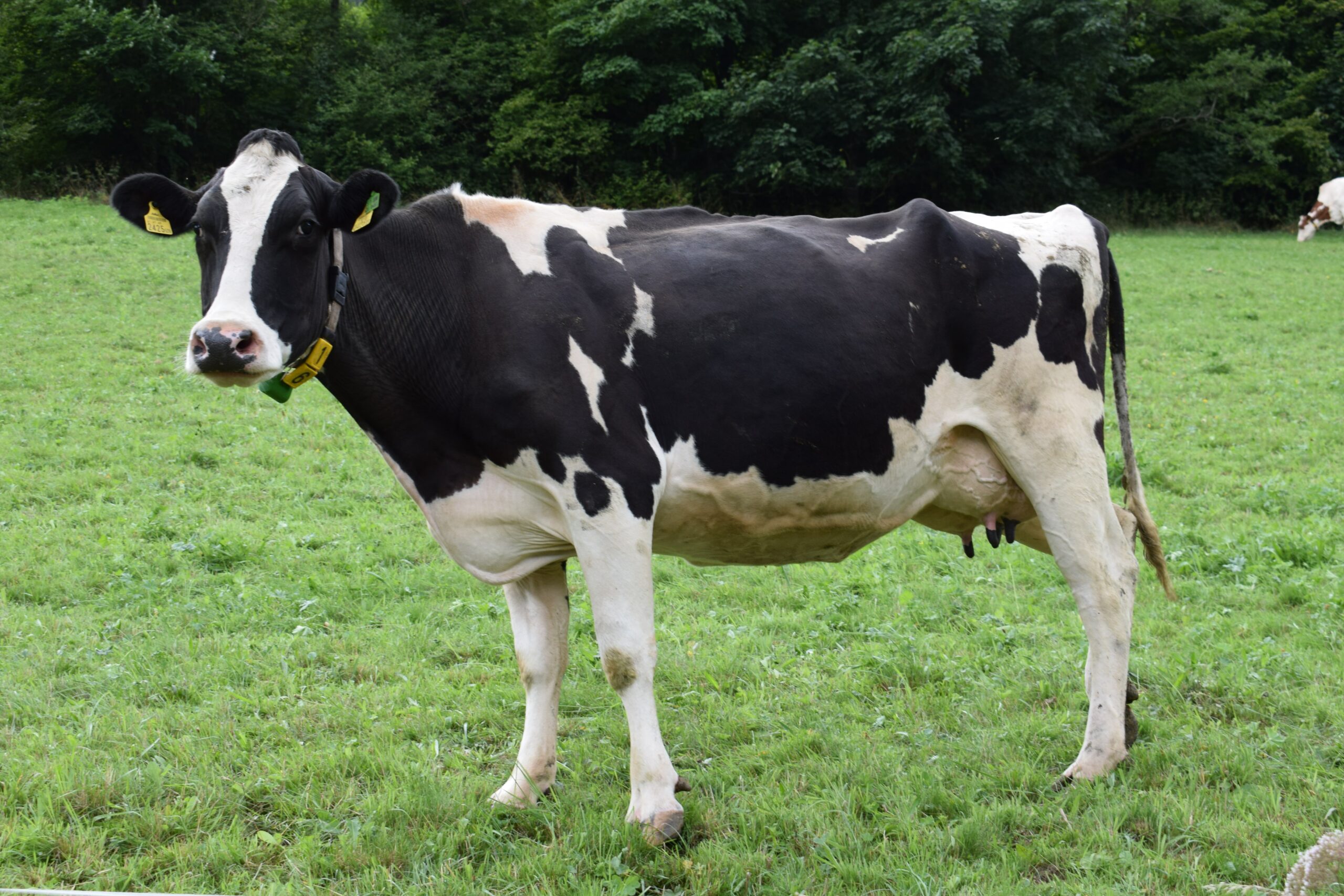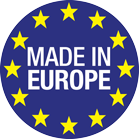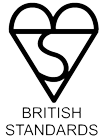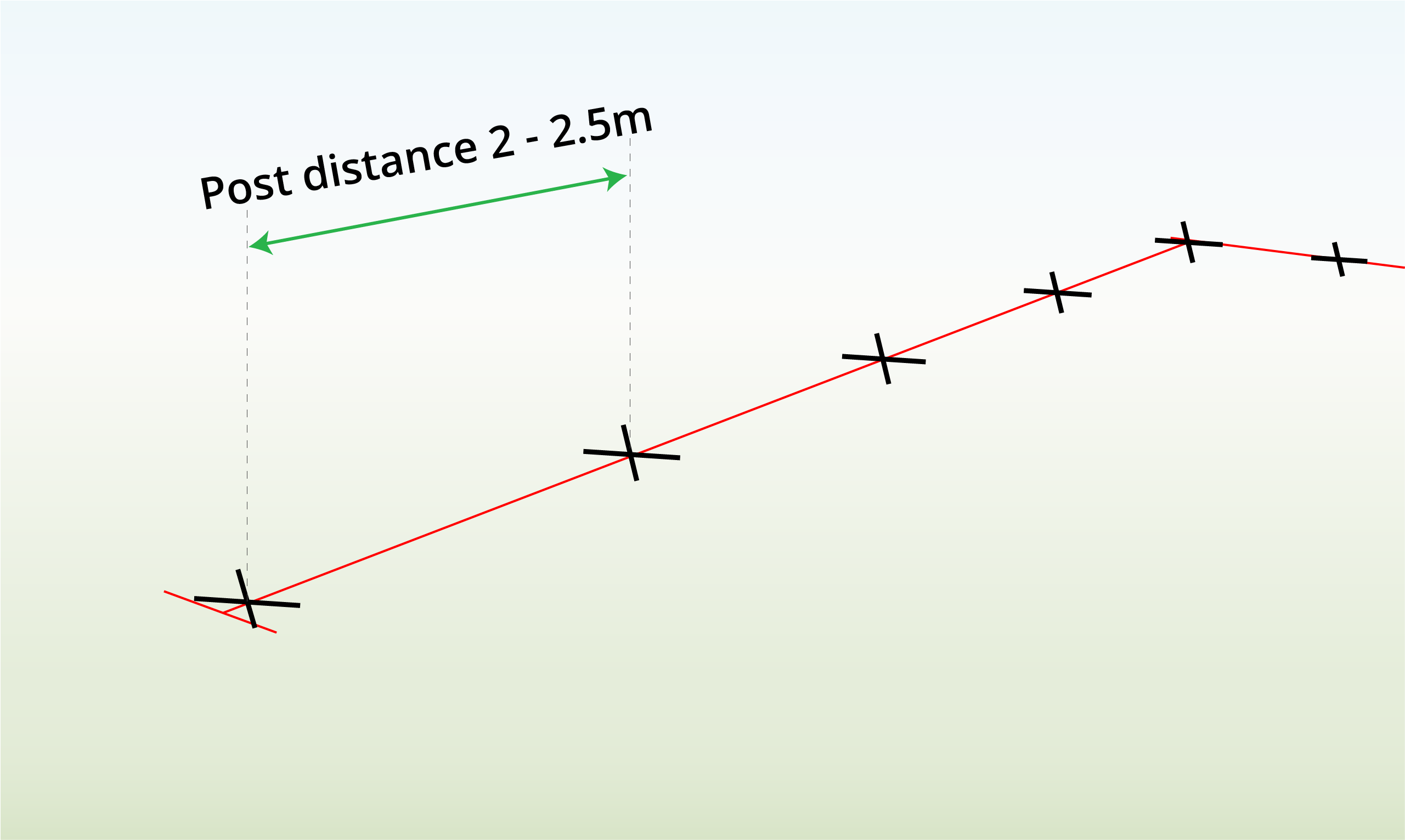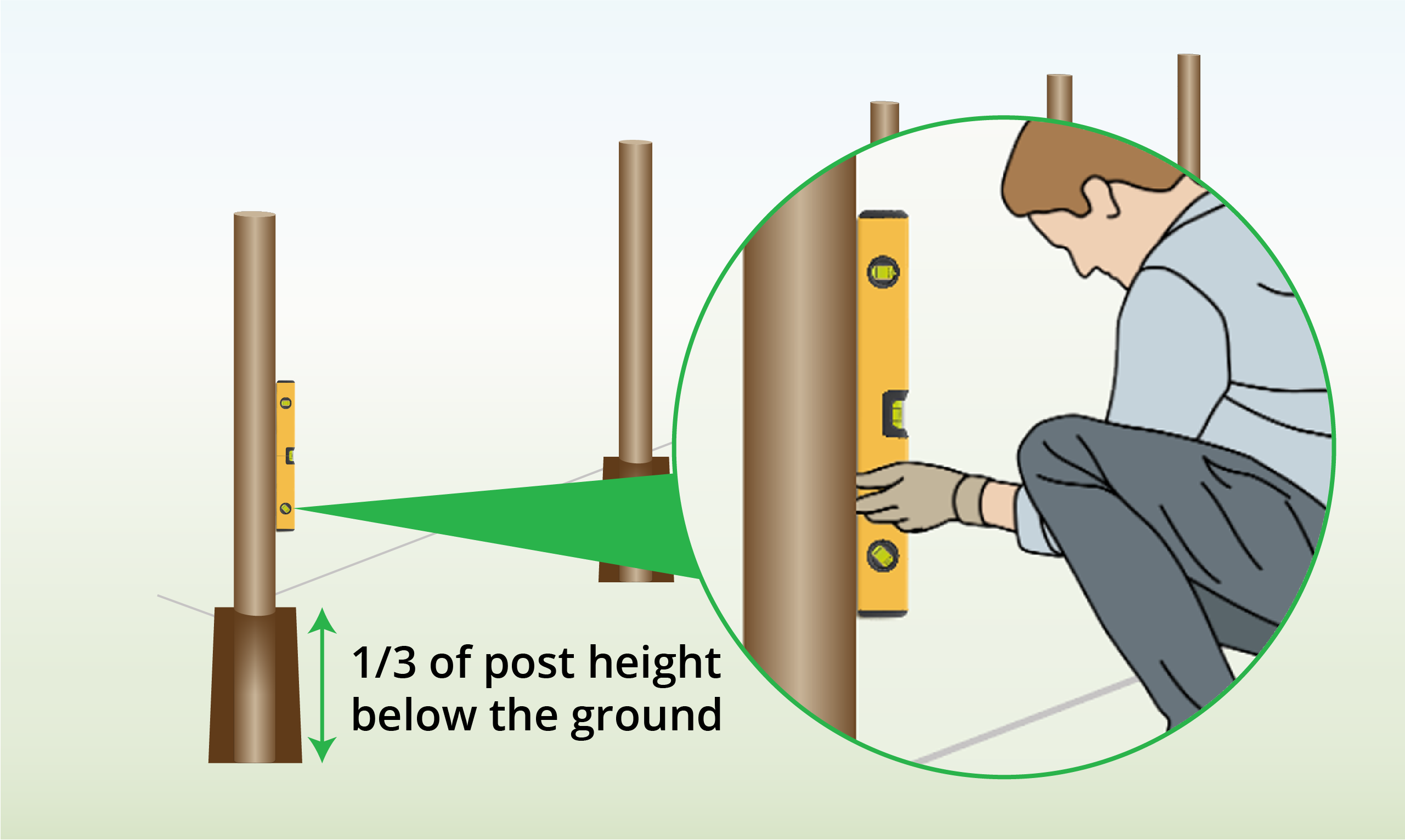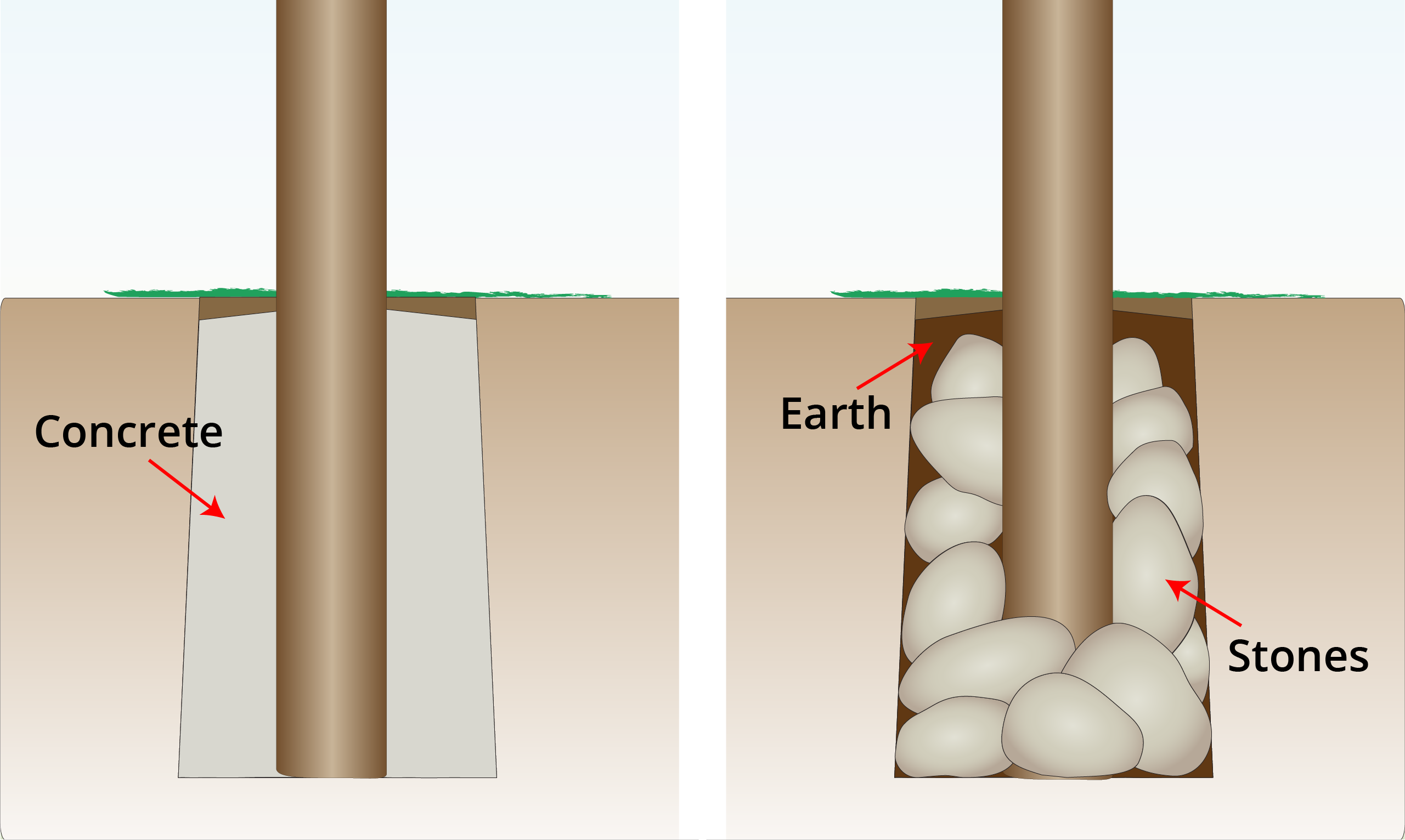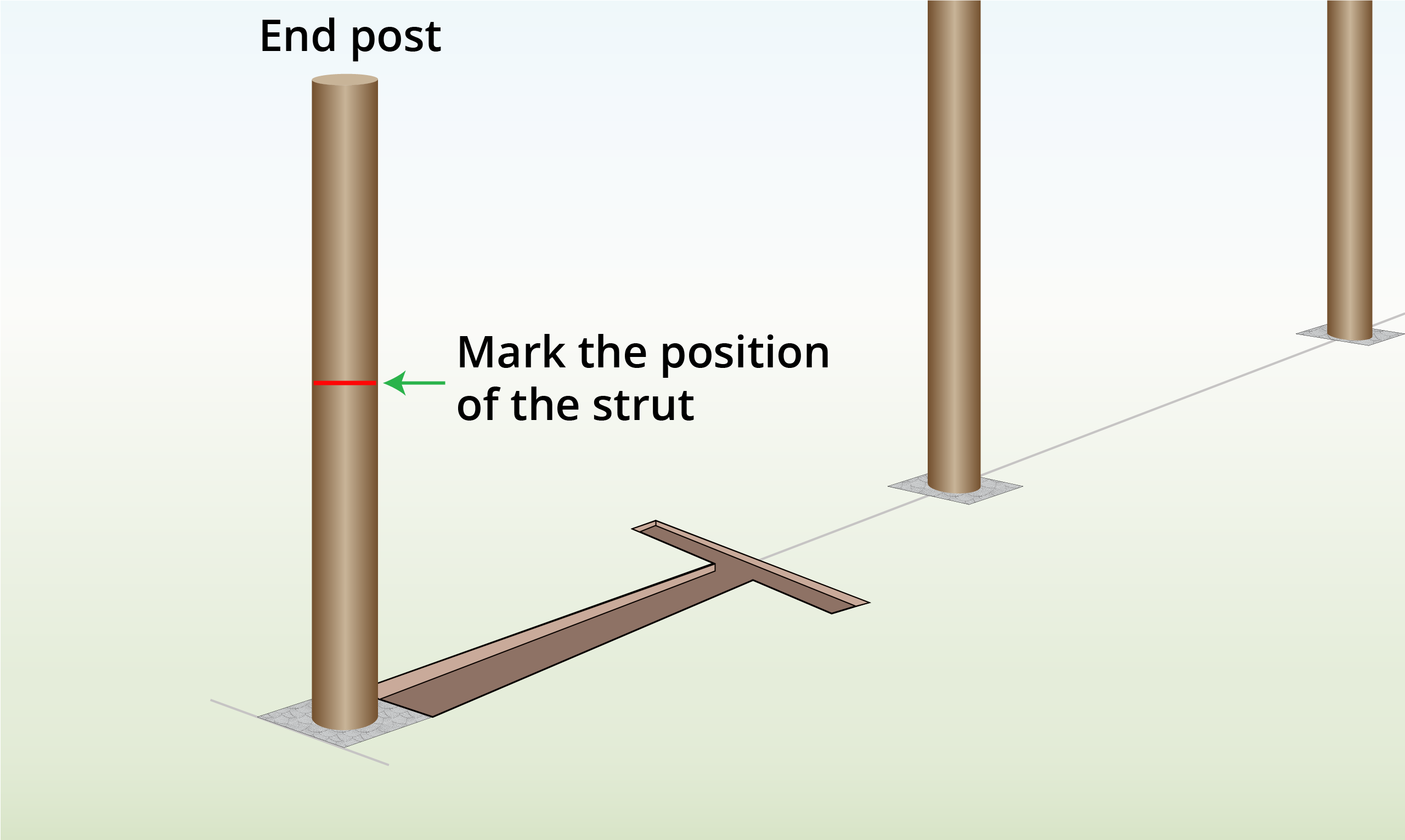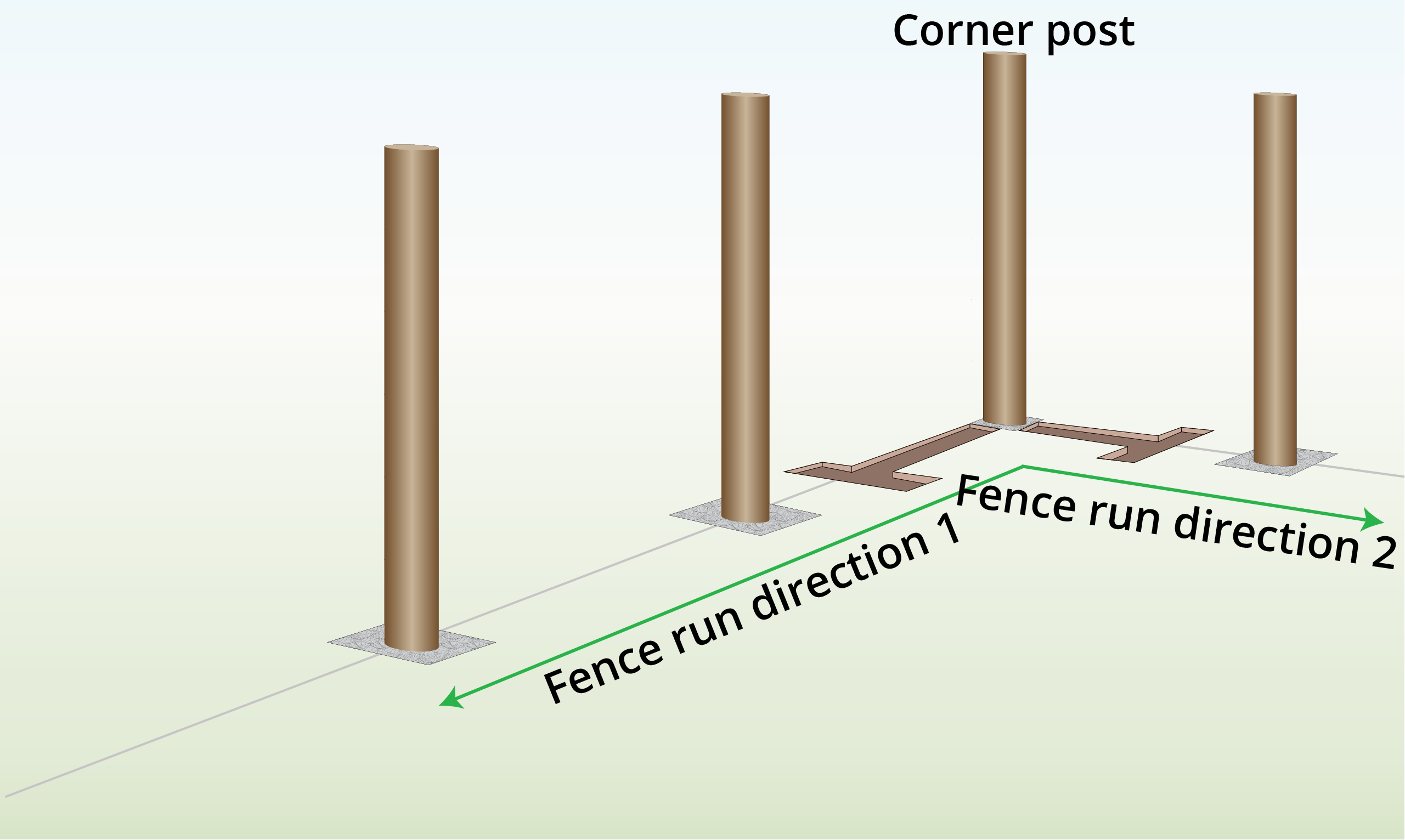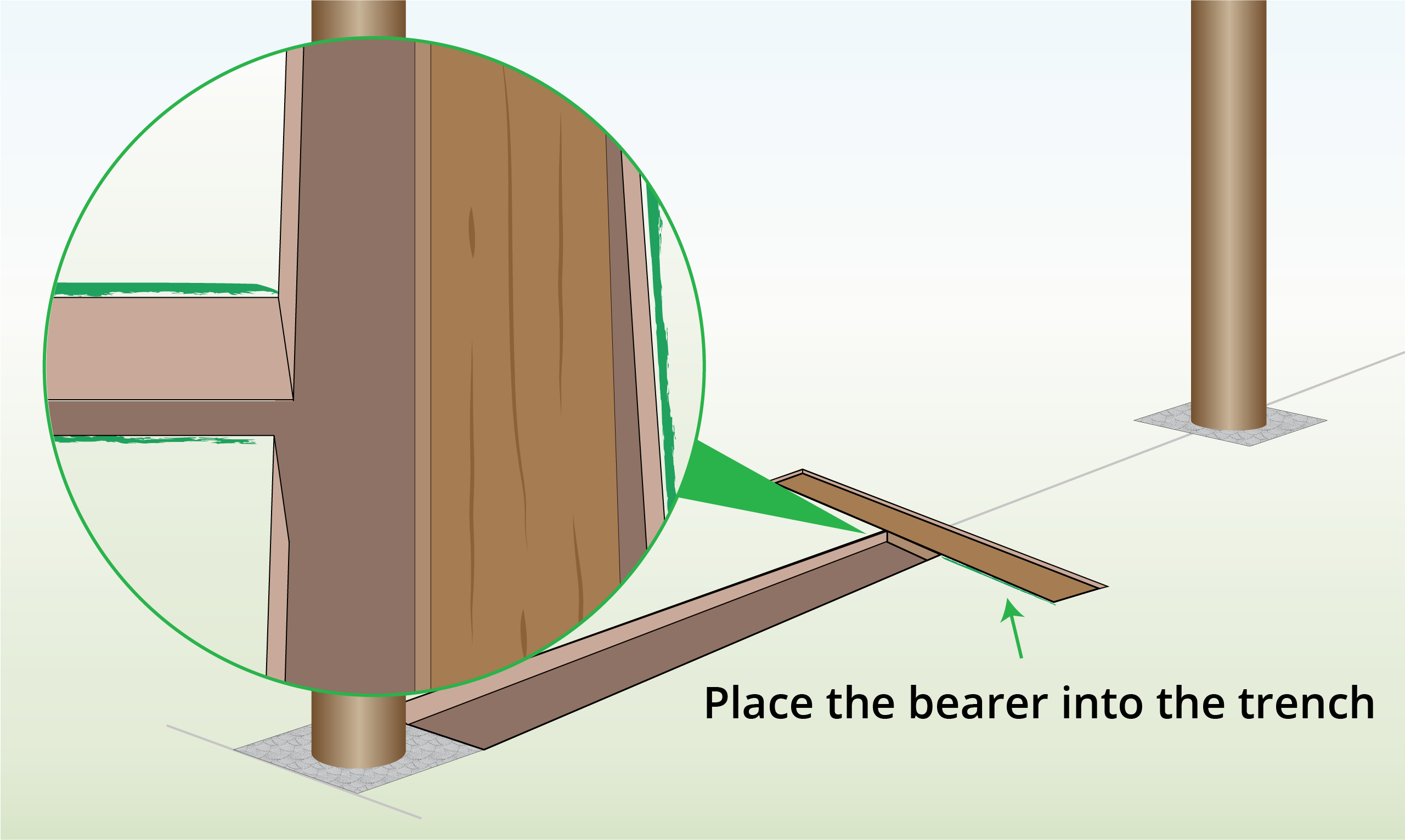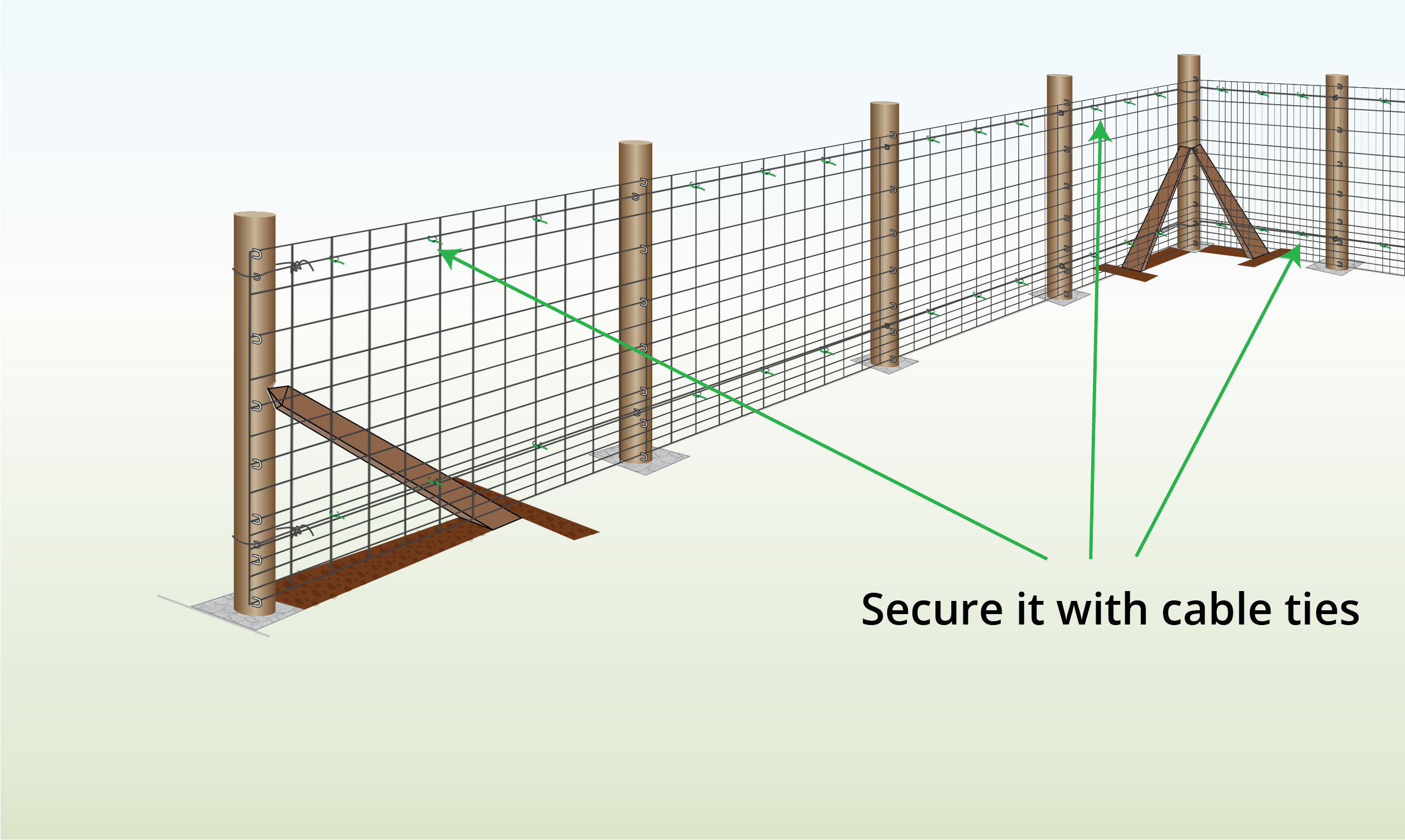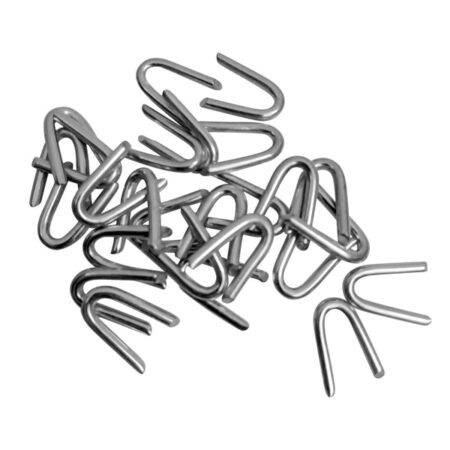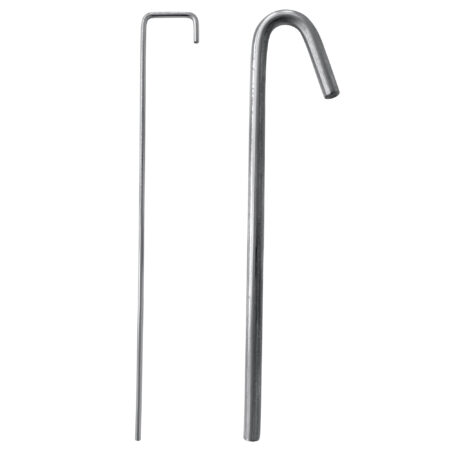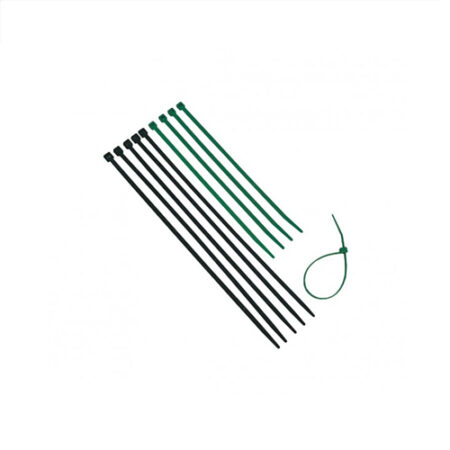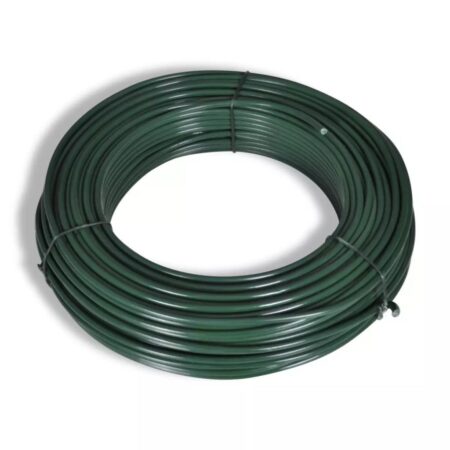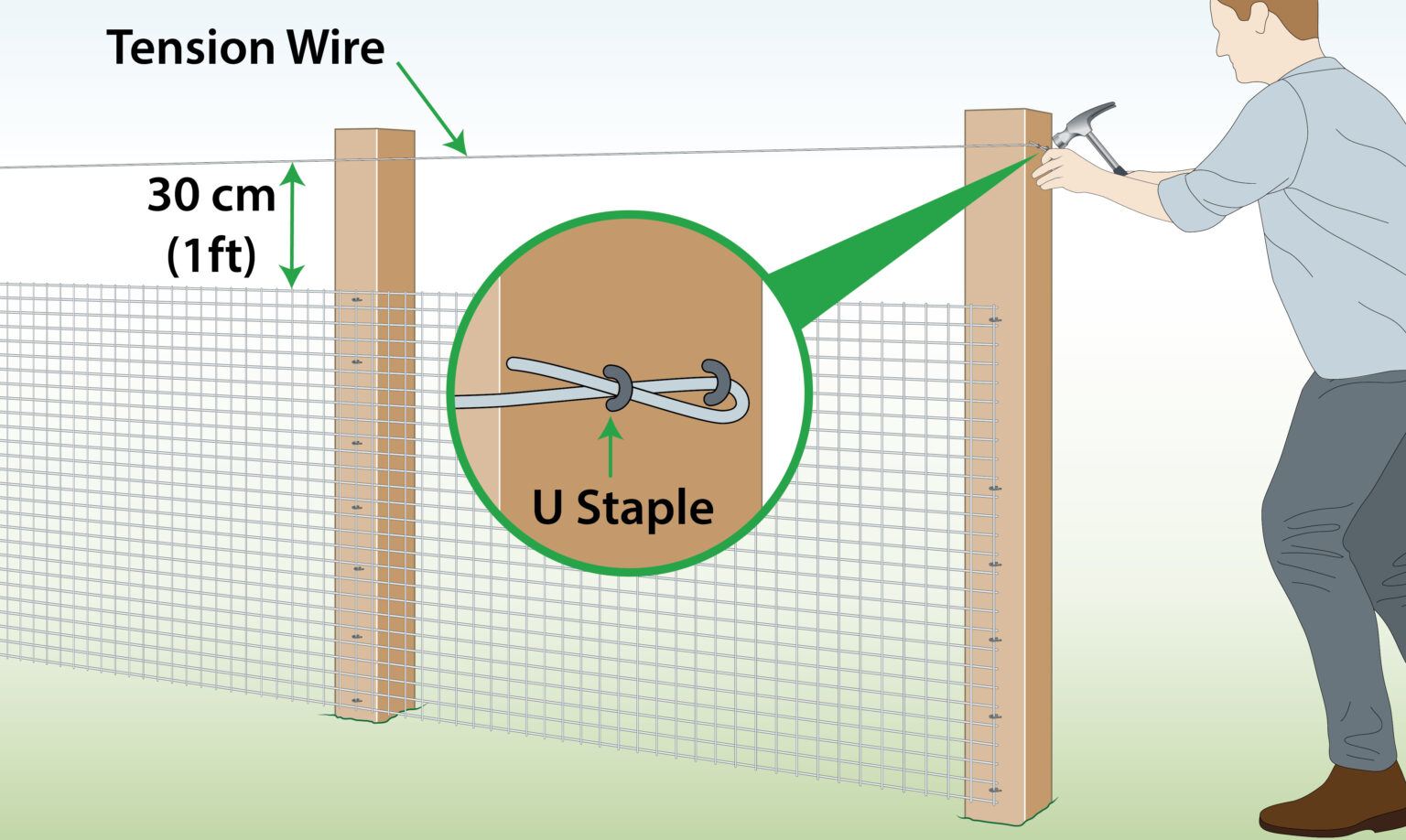Stock Fencing
Stock wire fencing available in mild steel and high tensile options. An effective, economical method of separating and protecting livestock, dividing fields and creating boundaries.
- Manufactured in Europe, conforms to BS EN standards

Helpful Stock Fencing Information
Customer Images
Videos
| Video description |
| How to install using wooden posts |
| How to install using T Posts |
Mild Steel
| Attributes | Choose from: |
|
|
High Tensile
| Attributes | Choose from: |
|
|
Which Diameter?
| 1.9 – 2.5mm | 2 – 2.5mm | 2 – 3mm | ||
| Steel Grade | L (Mild) | High Tensile | L (Mild) | C (Medium) |
| Can be bent Refers to the ability of the mesh to be bent out of shape by hand | ||||
| Holds shape when bent Confirms whether the mesh will hold its shape after bending it | ||||
| Sags over time Refers to whether the mesh will droop over time if it is stood up | ||||
|
Can be cut using Refers to the tool that is required as a minimum to cut the mesh |
Wire Cutters | Wire Cutters | Wire Cutters | Bolt Cutters |
Applications
| Animal | Min Height required | Mild Steel(L Grade) | Mild Steel(C Grade) | High Tensile | Add Electrical Wire |
| Cattle | 90cm | ||||
| Bull | 1.8m | ||||
| Pig | 75cm | ||||
| Sheep | 1m | ||||
| Goat | 1.2m | ||||
| Llama | 1.2m | ||||
| Alpaca | 1.2m | ||||
| Horse | 1.4m | ||||
| Deer | 1.5m | ||||
| Large animals to lean against | Any | ||||
| General field boundary | Any | ||||
| Dog | See dog fencing for more information | ||||
| Chickens | See poultry fencing for more information | ||||
| Fox | See fox proof fencing | ||||
| Badger | See Badger proof fencing | ||||
| Rabbits | See Rabbit proof fencing | ||||
Wire Specification Comparison
| Mild Steel | Mild Steel | High Tensile | |
| General | |||
| Cost | £ | ££ | £££ |
| Made in | EU | EU | EU |
| Conforms to British Manufacturing standards |
BS EN 10223-5:2012 BS EN 10244-2:2009 BS EN 10218-2:2012 BS EN 1179:2003 |
BS EN 10218-2:2012 BS EN 10223-5:2012 BS EN 10244-2:2009 |
|
| Strongest | |||
| Flexibility | Most flexible | Good flexibility | Low flexibility |
| Delivered as | As a roll. If the roll exceeds 33kg it will be delivered on a pallet | ||
| Increase height | Add Barbed Wire or Tension Wire | ||
| Strength & Environment | |||
| Corrosion resistance | Good | Very good | Very good |
| Abrasion resistance | Good | Very good | Very good |
| Tensile strength range | 695-850 N/mm2 | 695-850 N/mm2 | 1235-1390 N/mm2 |
| Best if heavy livestock lean against fence | |||
| Best if fence has multiple turns | |||
| Suited to animals | See application list above | ||
| Installation | |||
| Recommended post spacing | 2m | 2m-3m | 3m-5m |
| Can be installed with wooden posts | Yes, the most common option. Attach with Staples and Tension Wire. | ||
| Can be installed with metal posts | Yes, less common but can be installed with T-Posts | ||
| Speed of installation | Due to the product weight and tensioning required it takes longer than panels or wire mesh but it is also cheaper | ||
| Qty of people required to instal | One experienced person or two people new to stock fence | ||
| Handle with protective gloves | |||
Mesh Configuration
Installation Instructions
| To Do | Explanation |
| Step 1 – Mark the Post Location
|
Mark the post locations, ensuring a spacing of 2-2.5 metres between each post. |
| Step 2 – Dig Holes
|
Dig a hole for the posts. The hole should be approx. one-third of the length of the post.
|
| Step 3 – Position Upright Posts
|
With Concrete: Pour concrete into the holes, put the poles into the wet concrete and allow at least 1 day for the concrete to set. Cover the top of the hole with dirt.
Without Concrete: Place them in the middle of the holes, then fill the holes with large stones to hold the poles in place. Then add earth until tight and compact.
|
| Step 4a – Dig Trench for End Posts
|
Mark the end posts halfway off the ground. Dig a T-shaped trench about 30cm deep. |
| Step 4b – Dig Trench for Corner Posts
|
Repeat step 4a for corner posts. Dig a trench for each fence run. |
| Step 5 – Cut & Position Bearers
|
Place a 1ft long piece of wood or stone into the trench. This will be your bearer; it will stop the strut from slipping, providing support for the ends & corners posts.
|
| Step 6 – Cut Notches
|
Cut a shallow notch in the end post
Note: It is vital to ensure the notch is shallow; this keeps the post strong and doesn’t expose the untreated core of the post.
|
| Step 7 – Attach the Strut Post
|
Shape the end of the strut to fit the notch in the post.
Place the sharpened end into the notch and the other end into the trench.
|
| Step 8 – Secure Strut
|
Wedge the strut in between the bearer and the strainer post – it should be a tight fit.
Cover the trench with earth and stomp it down.
|
| Step 9 – Mark Tension Wire Location
|
Mark the location for the tension wire on your posts.
– 2 lines are enough for heights up to 1.2 metres. Place at the top and bottom – 3 lines are needed above 1.2 metres in height. Place at the top, middle and bottom
|
| Step 10 – Attach Wire to First Post
|
Attach the tension wire to the first post by looping it around the post, and wind it around itself 4-5 times.
|
| Step 11 – Secure Radisseur to Last Post
|
Attach a radisseur to the last post
Note: skip ahead to step 14 if you don’t have a radisseur. |
| Step 12 – Secure Wire to Radisseur
|
Pull the tension wire from the first post to the last post then pass it through the hole located at the centre of the radisseur. |
| Step 13 – Tension the Wire
|
Use pliers to turn the pin on the radisseur in a clockwise direction until the wire is tight/strained. |
| Step 14 – Tension Without Radisseur
|
If you do not have a raddiseur, you can twist the tension wire around itself 4-5 times.
This approach will lead to reduced tension in contrast to using a radisseur.
|
| Step 15 – Secure to Middle Posts
|
Secure the wire to the middle posts with staples, leaving a small space to accommodate some movement.
|
| Step 16 – Repeat Steps 11-15
|
Attach the remaining tension lines by following steps 11-15.
|
| Step 17 – Attach Mesh to End Post
|
Attach the stock fencing to the first post using staples. The pull taut and attach to the second post |
| Step 18 – Attach Mesh to Posts
|
Continue to pull the stock fence taut past each post, then attach with staples.
|
| Step 19 – Secure to Tension Wire
|
Fasten the tensioning wire to the fence at multiple points to keep the tension of the fence.
|
| Additional Step – With Barbed Wire
|
For applications where climbing may occur or where animals may push down the fence wire, you can install barbed wire.
|
FAQs
How do I cut stock fence?
With wire cutting pliers or bolt cutters to ensure a smooth cut.
What can I cover the edges with?
Sharp edges should be folded up and under the bottom edge of a stock fence, allowing grass to grow up from beneath. Alternatively, you can cover the bottom edge with timber boards.
When installing agricultural fencing, how far apart should the posts be positioned?
In most cases, 2-3 metres apart.

